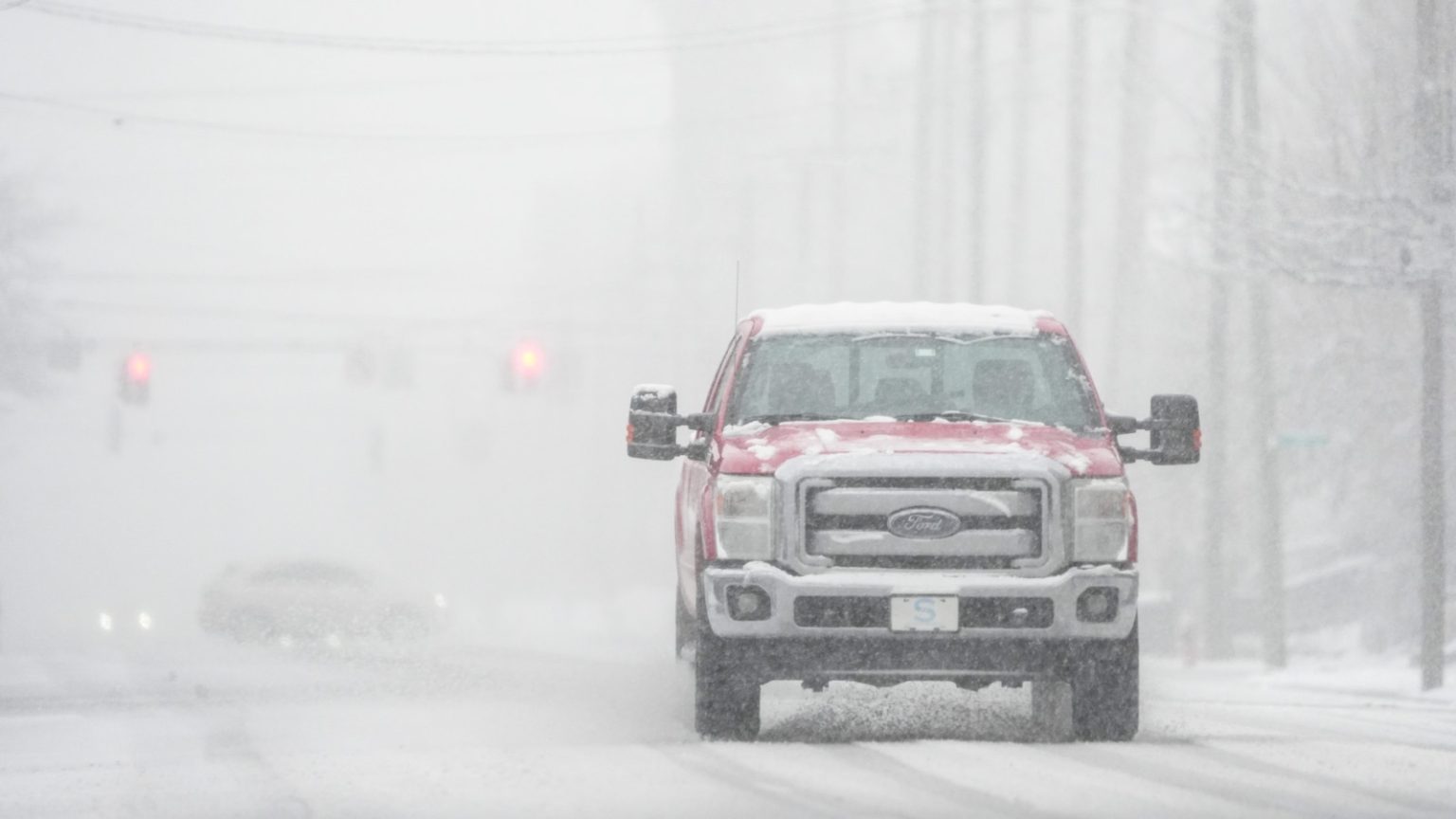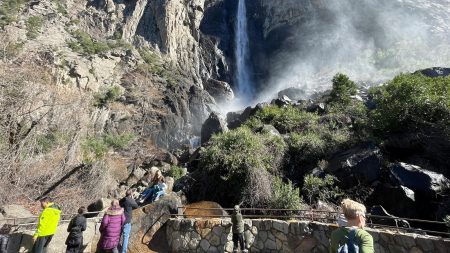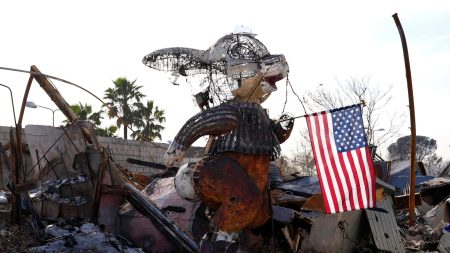A Trio of Winter Storms Brings Severe Weather Across the United States
Over 100 million Americans are bracing for severe winter weather as three powerful storms sweep across the country. From heavy snowfall and icy conditions to flooding and bitter cold, these storms are expected to impact a wide swath of the nation over the next few days. The first storm is already bringing significant snow to the Mid-Atlantic region, while the second storm is poised to strike the Rockies and the Midwest. Meanwhile, a third storm is forming in the Pacific and is set to drench the West Coast with heavy rain. With flood watches, winter storm warnings, and extreme cold alerts in place, this trio of storms promises to be a disruptive and potentially dangerous weather event.
The First Storm: Heavy Snowfall in the Mid-Atlantic
The first storm is currently battering parts of West Virginia, Virginia, and Maryland with heavy snowfall and icy conditions. Winter storm warnings have been issued from Louisville, Kentucky, to Atlantic City, New Jersey, with Washington, D.C., directly in the storm’s path. The nation’s capital can expect snowfall totals of 3 to 6 inches, while areas south and west of D.C. could see up to 8 inches of snow. Further north, Philadelphia is expected to receive 2 to 3 inches, and New York City may see just 1 to 2 inches of snow. The storm is expected to move out of the Ohio Valley by early Tuesday afternoon, reaching Washington, D.C., by midday. New England, however, is likely to escape the worst of this storm, with little to no snowfall expected in the region.
The Second Storm: Snow and Flooding from the Rockies to the East Coast
The second storm is developing over the Rocky Mountains and the Plains, with a heavy swath of snow expected to spread north into the Great Lakes region. Cities such as Denver, Chicago, and Detroit are under winter storm watches and warnings, with significant snowfall anticipated. The storm will reach Kansas City, Missouri, by early Wednesday morning, with steady snowfall continuing throughout the day in Chicago. By Wednesday evening, the storm system will reach the East Coast, bringing a wintry mix that will transition to rain from Washington, D.C., to New York City and Boston. Inland areas, including the Catskill Mountains in New York and the Green and White Mountains in New England, could see several inches of snow. Meanwhile, heavy rain and flash flooding are expected across the South, from Louisiana to western North Carolina.
The Third Storm: Heavy Rain and Flooding on the West Coast
The third storm, still in the Pacific Ocean, is set to bring heavy rain to the West Coast beginning Wednesday morning. Los Angeles and San Francisco are expected to experience the initial wave of rain, with the storm’s core moving into California by Wednesday night. By Thursday morning, the San Francisco Bay Area could see very heavy rain, leading to a flood watch for the region. The heaviest rain will shift to Los Angeles and Southern California by Thursday morning, continuing through the evening. Flash flooding, mudslides, and landslides are all potential hazards, with the storm expected to cross the Rockies by Friday. By Saturday morning, the storm will bring heavy snow to the Midwest, with rain and snow reaching the East Coast by Sunday morning.
Bitter Cold Grips the Northwest and Midwest
In addition to the trio of storms, a bitter cold snap is affecting parts of the country. Ten states, from Washington to Wisconsin, are under cold weather alerts, with an extreme cold warning issued for Montana to Minnesota. Wind chills in these areas could drop as low as 55 degrees below zero through Thursday morning. Record cold temperatures are forecast for Washington and Montana over the next few days, with the frigid air expected to spread into the Northeast by early next week. Temperatures in the Northeast are predicted to be 10 to 15 degrees below normal, adding to the wintry misery.
The Impact of Severe Weather on Daily Life
The combination of heavy snow, ice, flooding, and bitter cold is expected to disrupt daily life for millions of Americans. Travel plans may be derailed, with roads becoming impassable due to snow and ice. Flash flooding in the South and mudslides on the West Coast could lead to dangerous conditions, prompting emergency responders to be on high alert. The extreme cold in the Northwest and Midwest poses a threat to vulnerable populations, including the homeless and those without access to reliable heating. As the storms progress, residents are encouraged to stay informed, stock up on supplies, and avoid unnecessary travel.
Staying Prepared and Safe
As these three storms continue to sweep across the United States, it is crucial for residents to take necessary precautions to stay safe. Checking weather alerts regularly, keeping emergency kits stocked, and being aware of potential hazards like black ice and flash flooding can help mitigate the risks posed by the severe weather. While the storms are expected to bring significant challenges, staying informed and prepared can make a big difference in weathering the storm. As the country braces for this winter onslaught, the importance of community support and preparedness cannot be overstated.















